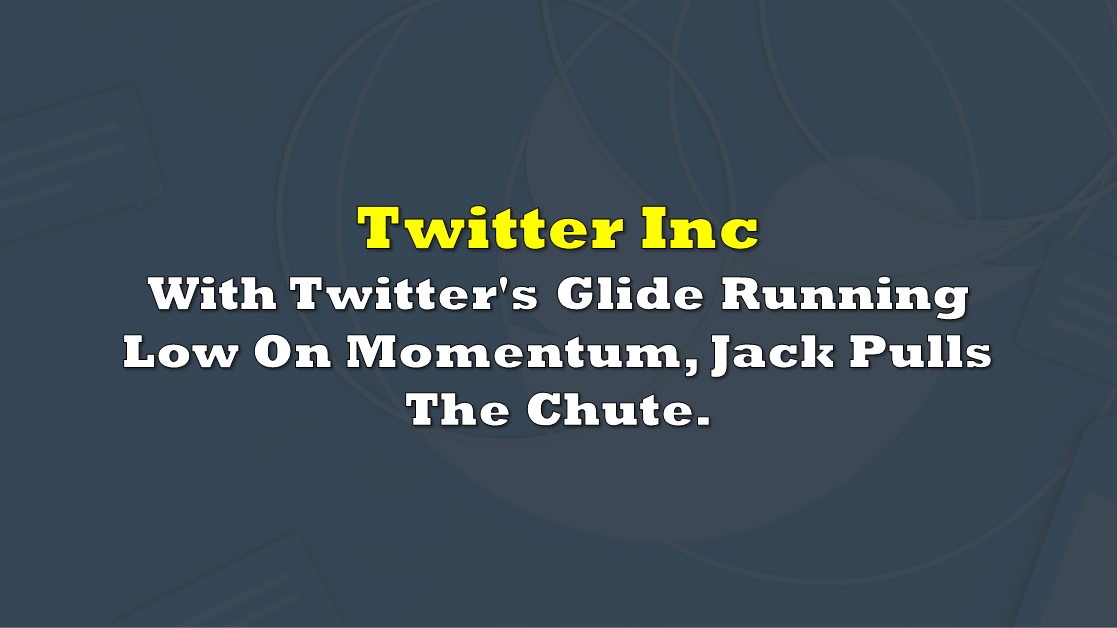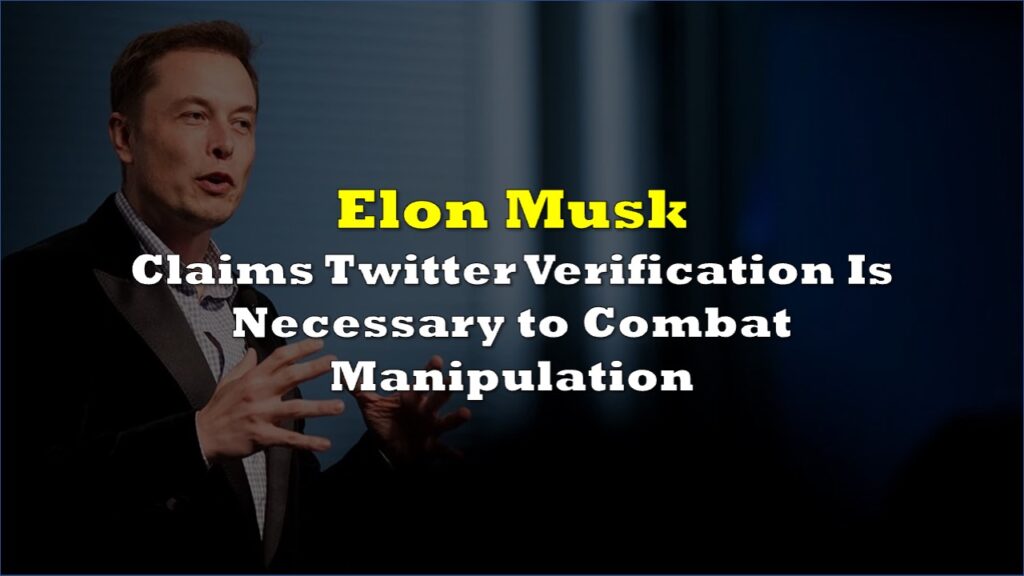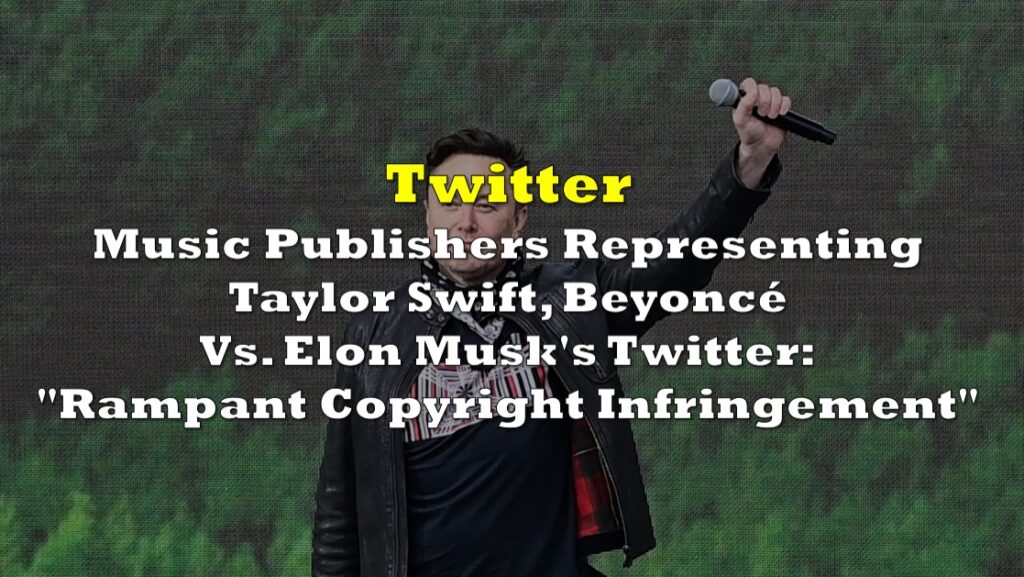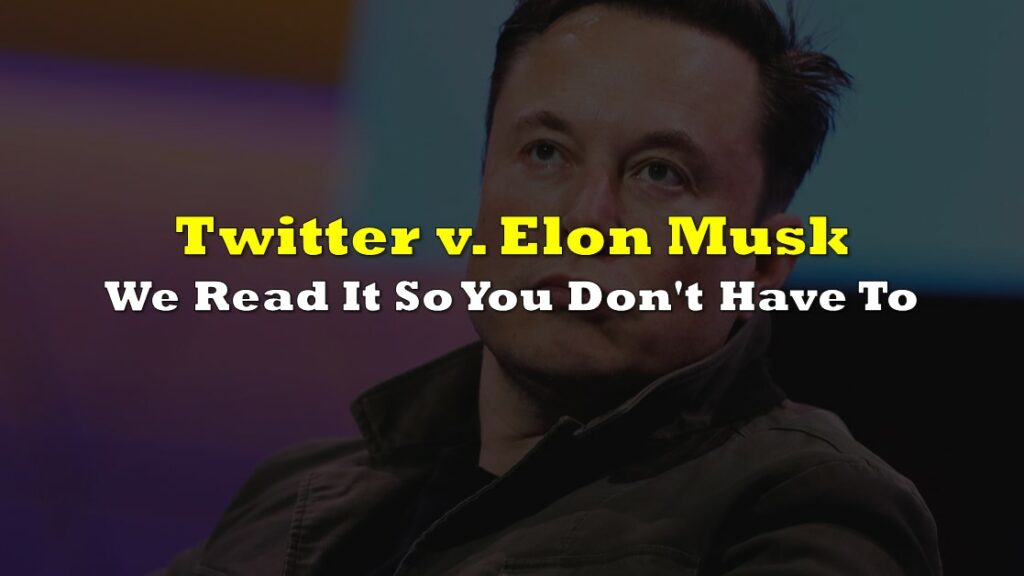It’s an end of an era over at Twitter Inc. (NYSE: TWTR).
Founder Jack Dorsey’s second stint as CEO of the company he founded faced criticism since its very beginning from users, shareholders and the media. Every one of them seemed to have a different series of complaints, all of which included the one complaint that the shareholders complained the most frequently: He’s too distracted.
How can a man be the CEO of Twitter and the CEO of payment company Square Inc. (NYSE:SQ) at the same time? Is there enough Jack Dorsey to go around? Can he be an effective leader, manage the growth of the platform, and find a way to put the obvious value in this wildly popular social media platform on the bottom line?
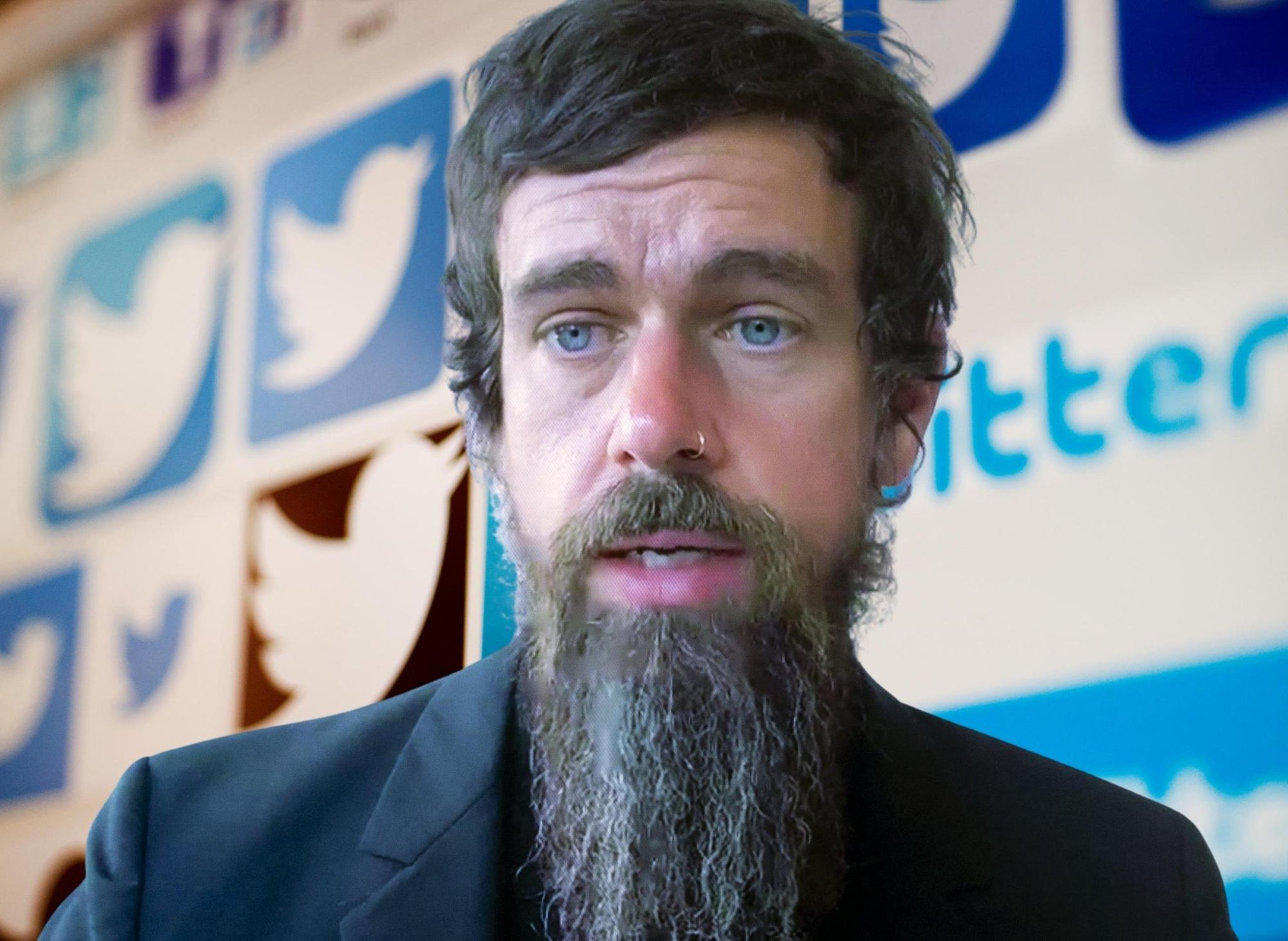
@jack isn’t a guy known for his effort. His 2016 assignment to the job, his second commission at that desk, was meant to be temporary while the company searched for a suitable replacement for Dick Costello. Costello was CEO when twitter went public in 2013, then flamed out in 2016 under a massive class-action shareholders’ lawsuit. The lawsuit claimed that the way the company reported its user engagements to investors was misleading. Jack was appointed to replace him, and reigned over his creation from then until this past Monday with an uncompromising “yeah, whatever,” attitude. It might be described as a polar opposite of Mark Zuckerberg’s intense, detail-oriented, control-freak aggression if it wasn’t from a whole other planet.
Over that same period, Facebook Meta expanded into the VR Space, persistently expanded and refined its consumer-side product offerings, and developed commercial surveillance products, all while fighting off a persistent user revolt over the expansion of those surveillance products. Zuck has been at the helm since starting Facebook in his dorm room, and doesn’t seem like he’d give up his position as Emperor for anything.

By contrast, Jack cares about his creation on a philosophical level, but is without the ambition to try and make the monster do anything or move in any specific direction. Love it or hate it, that’s got a lot to do with why Twitter is the way it is.
The Hatch
Twitter was conceived when Jack Dorsey was an NYU student, in 2006, and there wasn’t all that much to it. Cell phone hardware had brought SMS text messages into the mainstream, so he and his friends made an app that put everyone who wanted in the same group text. The early growth was overseen by Evan Williams, one of Jack’s co-founders. “Twttr” lit up the South by Southwest festival in 2007, and quickly became the simple, stripped-down thing that annoying hipsters used to keep everyone informed of each thing they’d been doing since before it was cool, but are now SO over.

The 2009 death of Micheal Jackson created a tsunami of text messages from stunned millenials and gen X’rs that overwhelmed the world’s cell networks. Twitter also crashed when the King of Pop died, making it abundantly clear to anyone who hadn’t already figured it out that short messages were the future. A $200 million raise in 2010 valued the company at $3.6 billion.
Product innovations in that era included the ability to post pictures and videos directly to the platform. The Twitter product team invented the hashtag by practical accident. Some developer made anything with a “#” in front of it searchable as the first step in building a groups and channels feature, and it took on a life of its own, so they quit screwing with it. Twitter users could either contribute to the topical hashtag or start their own. If they wanted groups, they could go to Facebook.
By 2013, Twitter was too popular to not take public. Costello, the quintessential Silly Valley business guy, worked himself into the spot permanently after being brought on as a temporary replacement during Williams’ paternity leave. He mustered all of his ambition and immediately overdid it, serving up the “200,000,000+ active users,” and “500,000,000+ tweets per day,” statements that would bring about the shareholders’ lawsuit. By 2016, Jack was back, and ready to oversee the company’s first era of profitability, and the cementing of the platform into the media landscape the same way he always had: just ride the wave.
The Rise of the Poster
There’s no beginning or end to a twitter feed. It’s just a torrent of tiny bits of information that take the vague shape of whatever is relevant at the moment. Pictures of animals, some funny jokes, and the inane thoughts of the people who are relevant to whatever niche interest the user cares enough to follow. It shouldn’t work, but it does. Short messages are easy to absorb, easy to skip, and don’t disappoint when they aren’t any good. It’s hyper-stimulating, and users just keep on scrolling. Many of us reply compulsively, heaping more content on a trash fire that’s hard not to watch, because there’s always something that’s going to happen next.
It was the perfect format to attract and disperse our attention, chopping it up and scattering it into the media wind. The network reached everyone who cared to read it, and amplified it based on relevance, with commentary. The format kept it short. The 2016 – 2021 era of Dorsey’s second term saw tweets consistently featured on the news and in late night talk show bits. It had become part of the substrate – the medium upon which the culture… cultures.
Volume posters with even the smallest bit of prior notoriety managed to become household names, despite having nothing important to say. The Chrissy Teigens of the world became elements of public discourse, the trash fire picked up fuel and grew into a flaming trash tornado, and gave rise to the first Twitter President.
Public figures didn’t need a PR team to make a statement anymore, and that meant there was nobody talking them out of bad ideas. Everyone just let it fly, and the Lord of the Flies style governance got to be a problem. Since a team of moderators capable of keeping a lid on billions of tweets a day is a time-consuming and expensive thing to build and keep, Jack programmed some software to be good enough and shrugged at anyone who screamed about the ban and suspension process not being fair. What are they going to do? Leave?
But we’re running a BUSINESS here!
This past quarter, the company finally settled the 2013 shareholder class action lawsuit, and took a $766 million charge that put it back in red ink.

If we treat that loss as an inherited runner, because it was Costello on the hill at the time, Jack delivered a pretty decent operational ERA (earned run average for anyone that isn’t a baseball fan) over his stint.
The legacy of the alleged mis-statements live on today in the convoluted way twitter reports its “monetizable daily active users” (mDAU).


The lawsuit successfully extracted $809 million from twitter because users and how they’re monetized is the very core of this type of business. The mDAUs are still growing internationally and world-wide, but have plateaued in the United States since June of 2020. With monetizable users no longer growing, the platform is going to have to find a way to sell the users’ attention for more money.

Growth stocks need to grow, and for the past two months, the market has shown a marked lack of confidence that twitter will be able to wring more money out of the established user base which, when considering their peer group, is reasonable.
While Facebook and Instagram’s obsessive ad targeting leaves the user with a feeling that their every move is being watched, Dorsey-era twitter leaves the impression that it puts about as much effort into targeting as everything else. This freelance writer’s twitter feed reads like something an unhinged anarchist wrote in blood, and the most consistent ads served up by the algorithm come courtesy of both Boeing Defense and Lockheed Martin, who apparently want to sell me a fighter jet.

New CEO Parag Agrawal made his splash with a new content policy that allowed for the removal of videos of private individuals at those individuals’ request. It’s still unclear what this means in a specific or practical sense, but one would surmise that most of the people who get dragged by the collective hive mind for an afternoon after someone posts a video of them going on a racist tirade at some poor grocery clerk would withdraw their consent if it got the video taken down, and that a guy like Derrick Chauvin might object to the posting of a video showing him murdering George Floyd.
Agrawal’s next order of business came Friday, when he shuffled the organizational deck, and moved some team leads around, between product and engineering. Agrawal came about the job through an internal promotion, so he’s working with a staff he’s familiar with, and presumably has some sort of vision.
You Blockhead!


No self-respecting momentum rider hangs around after the momentum is gone.
Dorsey has shifted his attention to the stewardship of Square Inc. (presently re-branding as Block), where he sees great potential in the buildout of “web3,” which is every bit as annoying as twitter was in 2006. It’s attracting the same cadre of insufferable tech-bro that twitter did in those days and, unlike the great blockchain hype cycle of 2018, they’re armed with an actual chance to develop on-chain code. If any of them ever become something that activates peoples’ passion and compulsion the way twitter does, Jack will know what to do with it.
Information for this briefing was found via Edgar and the companies mentioned. The author has no securities or affiliations related to this organization. Not a recommendation to buy or sell. Always do additional research and consult a professional before purchasing a security. The author holds no licenses.

